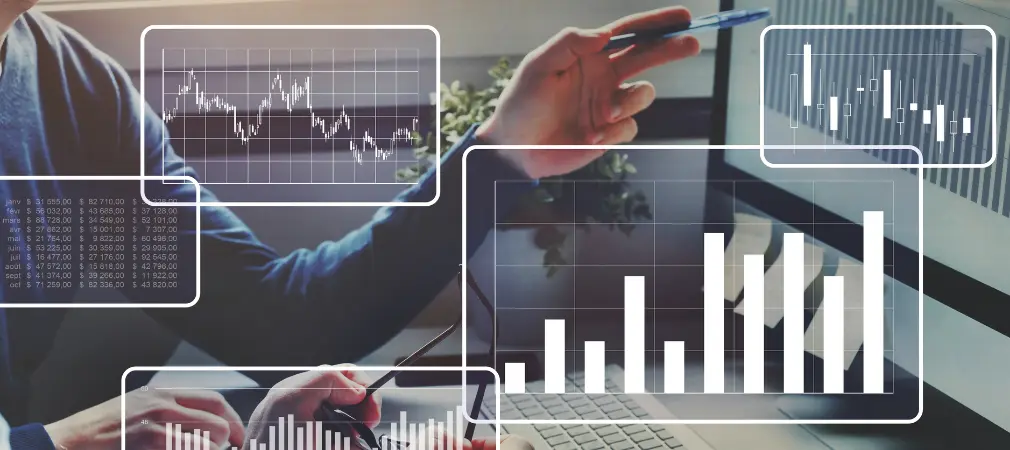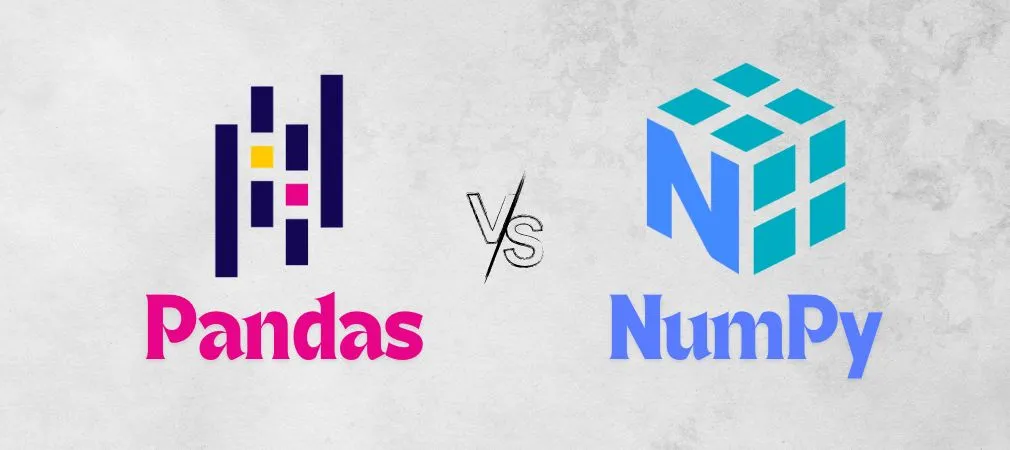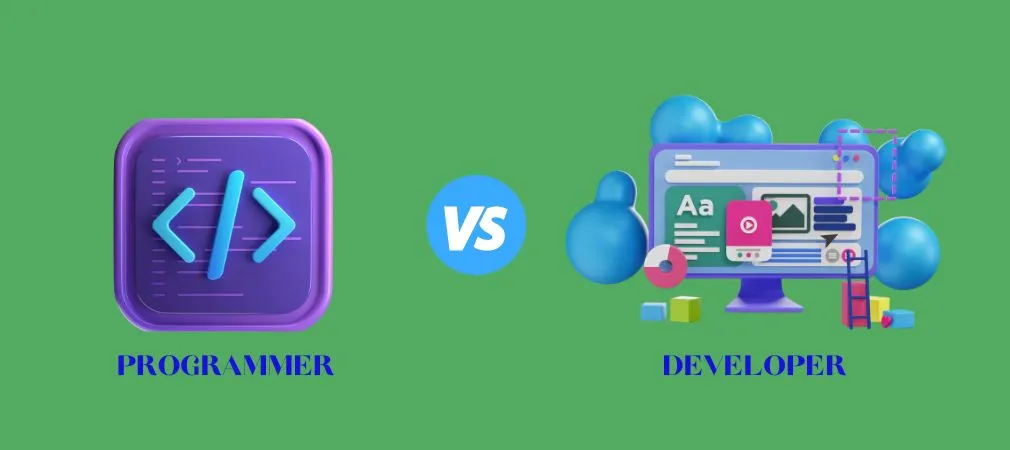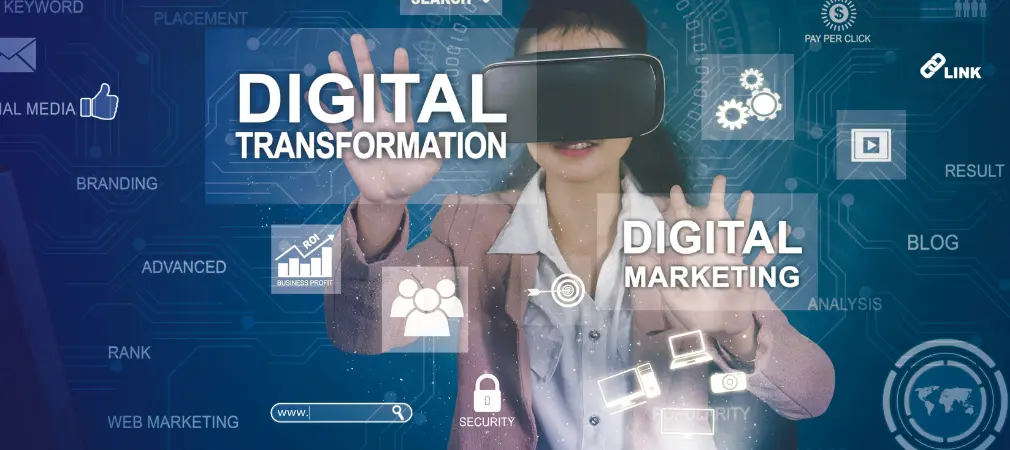Big Data vs Hadoop: What's the difference
Updated on 20th July, 2024
108k views

10 min Read
Introduction
share

In the ever-evolving world of data science and analytics, "Big Data" and "Hadoop" are two terms that frequently come up. While they are often mentioned together, they are not the same and serve different purposes. This blog aims to clarify the distinctions between Big Data and Hadoop, highlighting their key characteristics, functionalities, and how they complement each other in data management and processing.
Understanding Big Data
1. Definition and Characteristics
Big Data refers to massive, complex datasets that traditional data processing software cannot handle efficiently. These datasets can be structured, semi-structured, or unstructured and are defined by the following characteristics:
- Volume: The amount of data being generated and stored is immense. Social media platforms, for instance, produce vast quantities of data daily.
- Velocity: The speed at which new data is generated and processed. Real-time processing is often necessary for activities like financial transactions and fraud detection.
- Variety: The different types of data, including text, images, videos, and sensor data
Additionally, two more Vs are sometimes added to describe Big Data:
- Veracity: The reliability and accuracy of the data. Ensuring data quality is crucial for deriving meaningful insights.
- Value: The potential to extract useful information that can drive business decisions and innovation.
2. Sources of Big Data
- Social Media: Platforms like Facebook, Twitter, and Instagram generate large volumes of user-generated content.
- Sensors and IoT Devices: Devices in smart homes, industrial machines, and other IoT applications continuously collect and transmit data.
- Transactional Data: E-commerce, banking, and other online transactions create extensive records.
- Multimedia Data: Videos, images, and audio files from different platforms contribute to Big Data.
3. Applications of Big Data
Big Data is utilised across numerous industries to achieve various goals:
- Healthcare: Enhancing patient care, predicting disease outbreaks, and personalising treatments.
- Finance: Detecting fraud, managing risks, and optimising trading strategies.
- Retail: Analysing customer behaviour, managing inventory, and tailoring marketing efforts.
- Manufacturing: Improving supply chain efficiency, predictive maintenance, and quality control.
Understanding Hadoop
1. Definition and Components
Hadoop is an open-source framework developed by the Apache Software Foundation. It is designed to store and process large datasets across clusters of computers using simple programming models. The Hadoop ecosystem includes several core components:
- Hadoop Distributed File System (HDFS): A distributed file system that provides high-throughput access to application data.
- MapReduce: A programming model for processing large datasets in parallel across a Hadoop cluster.
- YARN (Yet Another Resource Negotiator): A resource management platform for managing computing resources in clusters.
- Hadoop Common: The common utilities and libraries that support other Hadoop modules.
2. Evolution of Hadoop
Hadoop was inspired by Google's MapReduce and Google File System (GFS) papers, which described a software framework for processing large datasets on commodity hardware. Since its inception, Hadoop has evolved significantly, adding new features and improving its scalability and performance.
3. Advantages of Hadoop
- Scalability: Hadoop can scale from a single server to thousands of machines, each offering local computation and storage.
- Fault Tolerance: Data is replicated across multiple nodes, ensuring data availability even in case of hardware failure.
- Cost-Effective: Uses commodity hardware, making it more affordable than traditional high-end servers.
- Flexibility: Hadoop can process both structured and unstructured data from various sources.
Big Data vs. Hadoop: Key Differences
1. Concept vs. Technology
- Big Data: Refers to the vast amounts of data and the challenges associated with managing and processing them. It is a concept or phenomenon.
- Hadoop: A specific technology framework designed to handle and process Big Data. It is one of the many tools within the Big Data ecosystem.
2. Purpose and Functionalit
- Big Data: The aim is to generate actionable insights from large datasets. This involves data collection, storage, processing, analysis, and visualisation.
- Hadoop: Provides a platform to store and process Big Data efficiently. It includes components for distributed storage (HDFS) and processing (MapReduce).
2. Purpose and Functionalit
- Big Data: Encompasses a variety of tools and technologies, including Hadoop, Apache Spark, Apache Flink, NoSQL databases (like MongoDB and Cassandra), and data visualisation tools.
- Hadoop: A part of the broader Big Data ecosystem, including specific components like HDFS, MapReduce, YARN, and Hadoop Common.
4. Use Cases
- Big Data: Applicable across various industries, leveraging multiple technologies and frameworks to derive insights. For example, using Hadoop for storage and processing, Apache Spark for real-time analytics, and Tableau for visualisation
- Hadoop: Primarily used for distributed storage and batch processing of Big Data. It supports real-time processing through integrations with tools like Apache Spark, though its core strength lies in batch processing.
5. Real-Time vs. Batch Processing
- Big Data: Involves both real-time (streaming) and batch processing. Technologies like Apache Kafka and Apache Flink are used for real-time data processing.
- Hadoop: Originally designed for batch processing, although it has evolved to support real-time processing through tools like Apache Spark.
Interplay Between Big Data and Hadoop
- Data Storage: Hadoop's HDFS is highly efficient for storing vast amounts of data, making it ideal for Big Data storage.
- Data Processing: Hadoop's MapReduce framework enables parallel processing of large datasets, aligning with Big Data's requirement for efficient data analysis.
- Dependency on third-party platforms
- Complementary Tools: Hadoop integrates well with other Big Data tools. For instance, Apache Spark can be used for in-memory processing on Hadoop clusters, providing faster data processing capabilities.
Conclusion
Big Data and Hadoop are essential components of modern data analytics, but they serve different purposes. Big Data is a broad concept that encompasses the massive volume, velocity, and variety of data generated today. Hadoop, on the other hand, is a specific technology framework designed to store and process this data efficiently. Understanding the differences between Big Data and Hadoop helps in selecting the right tools and strategies for data-driven projects. While Big Data defines the context and requirements, Hadoop offers a practical solution to meet those needs. Together, they form a powerful combination, enabling organisations to harness the full potential of their data and drive innovation across various domains. Grasping the nuances of Big Data and Hadoop can significantly enhance your ability to leverage data for competitive advantage. As the data landscape continues to evolve, staying informed about these foundational concepts will be crucial for success in the digital age.
Bootcamps
Bestseller
Data Analyst Course
Start Date :Aug 09, 2025
Duration :4 Months
Bestseller
Data Science Course
Start Date :Aug 09, 2025
Duration :4 Months
Suggested Blogs
Understanding Functions and Benefits of Apache Spark in Big Data Tools
Updated on 20th July, 2024

111k views

10 min Read
Enhance Decision-Making with Data Visualization
Updated on 20th July, 2024

111k views

10 min Read
16 Success Tips to Build a Job-Ready Data Analyst Portfolio
Updated on 21th July, 2024

190k views

10 min Read
More Blogs
© 2025 LEJHRO. All Rights Reserved.





